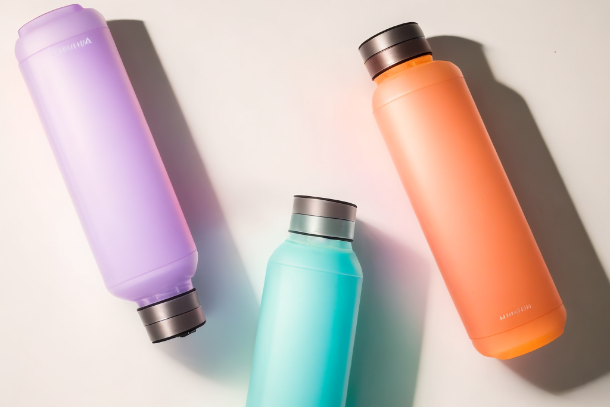God and Goddesses of the Seas and Water Deities of the Oceans
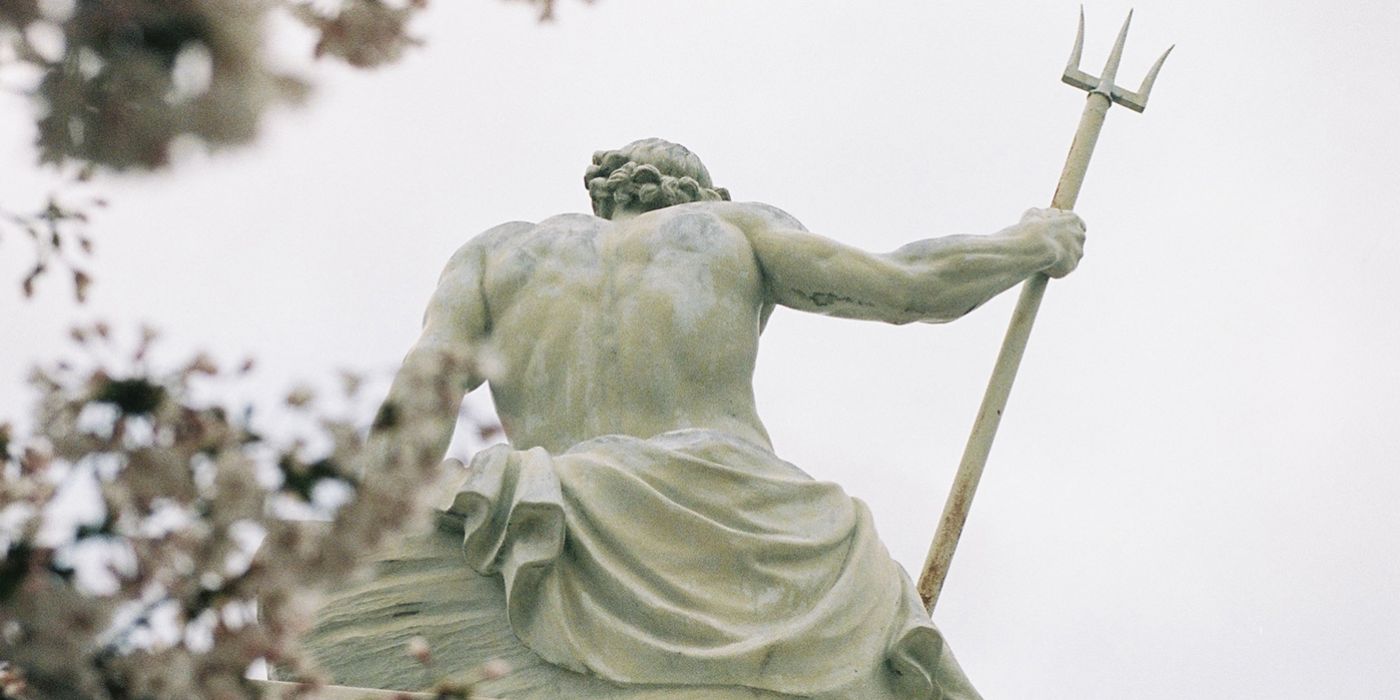
Water has long been associated with calmness and can be extremely relaxing. However, it can also be violent. Centuries ago, certain mythologies and beliefs were formed in order to explain past tragic events that have related to the harsh conditions of water.
Greek Mythology contains stories about Gods and Goddesses that explain religious rituals in term with the weather. This mythology placed a group of 12 deities that ruled all aspects of humanity onto the highest mountain in Greece, Mount Olympus. They are the following:
- Zeus - Zeus is classed as the God of the sky. He is the ruler, protector and father of all other God's and humans. He is characterised as an older male, with a beard and long hair.
- Hera - This is the daughter of Cronus and Rhea, and the wife of Zeus. She is considered to be the Goddess of women, marriage, and childbirth. She is characterised as a pretty woman, who wears a crown.
- Aphrodite - Aphrodite is considered to be the Goddess of sexual love and beauty. Representing female beauty, she was often portrayed as beautiful and elegant.
- Ares - He was the God of war and the spirit of battle, which meant that he represented the harsh qualities of warfare and death. He was older and wore amour ready for a battle with a helm and spear.
- Artemis - Artemis was the Goddess of wild animals, hunt, vegetations and chastity/childbirth. She is young, armed and holds a bow. Due to being the Goddess of wild animals, she is quite often accompanied by them.
- Athena - Athena was the Goddess of War, practical reason and the protector of the city. Similarly to Ares, she was dressed in warrior attire, with a spear and helmet.
- Demeter - Daughter of Cronus and Rhea, as well as the sister of Zeus. The Goddess of harvest, agriculture and earth fertility.
- Dionysus - God of nature, fruitfulness and vegetation, God of wine and ecstasy. Young with long hair, he was often shown to be the least athletic out of the Gods.
- Hephaestus - Hephaestus was the God of fire. He was often depicted as having a disability.
- Hermes - Hermes was the son of Zeus and herald of the Gods. He was often depicted as young and athletic, portrayed in connection with winged sandals.
- Poseidon - God of the sea, brother of Zeus and son to Cronus and Rhea. Poseidon is usually shown as an older man with a beard, similar to Zeus. He is pictured with a three pronged trident that enhances his sea image.
Water Deities
Poseidon
Poseidon was God of the sea, earthquakes, storms and horses, meaning that he was the protector of all waters. He was often considered to have bad temper and thought to be one of the most greedy Gods. He was known to be the creator of storms and floods, whilst encouraging earthquakes and destruction. This gained him a reputation as the most hostile of the Gods. He also has connections to the Earth's land through ruling earthquakes.
Achelous
Achelous was the River God and was often labelled as the God of fresh water as a result of overseeing one of the largest rivers in Greece. In attempt to win Deianeira, daughter of Oeneus and Calydon, he was defeated by Heracles, who forced him to surrender. Achelous took on the form of a bull and Hercules ripped off one of his horns, leading to his defeat.
Aeolus
Aeolus was God and Keeper of the Winds. This meant that he was responsible for ensuring that violent storms and winds were kept away. This ensured safety for those travelling on the waters. He was only able to release them when he was commanded to do so by the Greater Gods in order to cause devastation to the land and sea.
Amphitrite
Amphitrite was the wife of Poseidon and thus Goddess of the sea. Initially, she refused Poseidon's marriage offer, so much so that she fled, but was later discovered by dolphins and married Poseidon. She spawned the sea's abundancy of fish, dolphins and whales, as well as other sea creatures. She was one of fifty Nereids fathered by Nereus. She was thought to be one of the most beautiful water nymphs.
Aphros
One of the Ichthyocentaurs, the other being his brother, Bythos, Aphros was known as God of the sea-foam. He was a centaurine sea-god and was regarded as a wise teacher.
Argyra
Argyra was a nymph who took residence in a well. It is said that she was in love with a Shepherd by the name of Selemnus, who she had frequent contact with. However, he aged and loss his youthful beauty which caused her to abandon him. Aphrodite took pity on the boy and changed him into the river Selemnus.
Benthesicyme
As Goddess of the waves and daughter of Poseidon and Amphirtrite, she gained later gained her position as the queen of Ethiopia. She was the wife of Enalos and has two daughters with him. She also raised, Eumoplus, a child of Chione and Poseidon, when he was thrown into the ocean and saved by Poseidon.
Briareus
Briareus was the God of sea storms and one of the Hecatoncheires. They were giants who had one hundred hands and fifty heads. He married Poseidon's daughter, Kymopoleia.
Brizo
Brizo was a Goddess who was primarily concerned with the protection of sailors and fishermen. Her predictions were told to others through dreams, which were then interpreted. The women of Delos would worship her and leave offerings in boats.
Bythos
Brother of Aphros, Bythos was the other ichtchyocentaurs, and God of the sea depths. Together with his brother, they were set in the sky as stars in the constellation Pisces.
Capheira
It is unclear if Capheira was a minor Goddess of storm clouds, but she was most definitely a sea nymph who was in charge of nursing and protecting infant God Poseidon.
Carcinus
He was a giant sea crab who helped Goddess Hydra when she was in battle. He was able to crush the opponent with his foot and was thus granted a reward. This included being placed in the sky as the constellation Cancer.
Ceto
Ceto was considered to be the Goddess of ocean danger and sea monsters. She produced a range of sea monsters, such as the Skylla crab that targeted sailors.
Charybdis
Charybdis was a sea monster who's role was to swallow large quantities of water and then release them back into the water, creating whirlpools that caused mass destruction to sailors and those who travelled on the sea. It is said that she kept residence under a rock on the sea bed.
Cymopoleia
She is the daughter of Poseidon and the husband of Briareos, making her the Goddess of the violent storm that was produced by her husband.
Delphin
Delphin was a sea God and leader of the dolphins. He gave great service to Poseidon. When he was attempting to marry Amphitrite, she fled. Delphin was sent to find her and encourage her to marry Poseidon. After his success, he was placed in the sky as the constellation Delphinus.
Doris
Doris was the wife of Nereus, the Sea God and mother to fifty Nereides. She herself was one of the Oceanids and a water nymph.
Echidna
She was half serpent, half nymph. She, along with Typhon, created some of the most famous mythological monsters. She is quite often associated with sea rot, marshes and the scum of the sea.
Eurybia
She was the Goddess of the sea and mastery of the sea. She was the wife of Krios and the grandmother of many deities including stars, wind, moon and others who held powers of the sea.
Galene
She was a minor Goddess who was responsible for the calmness of the sea. She was another one of the fifty Nereids, a sea nymph.
Glaucus
Originally a fisherman, Glaucus ate a magical herb which turned him immortal, giving him a fish tail and making him the God of Fisherman, rescuing fisherman from storms.
Gorgons
In Greek mythology, gorgons were daughters to the sea Gods, Ceto and Phorcys, meaning that they most likely represented the dangerous aspects of the sea. They had snakes for hair and had the ability to turn others into stone.
Graeae
These are another set of sisters, whose parents were Phorcys and Ceto. They were siblings to the gorgons and shared one eye and one tooth. They were the Goddesses of old age, but they most likely had authority over sea foam.
Halia
She was sea nymph who was loved by the God of the sea, Poseidon. She was raped by her sons and thus cast herself to the sea in shame. Her sons were cast into dark caverns under the island.
Harpies
They are mythical monsters that were initially wind spirits and destructive winds. They had the body of a bird and the face a human, making them a winged sea demon. They were spirits of violent storms and water spouts.
Helle
She was the Goddess of Hellespont, which was a section of water that bridged the Aegean and the Black sea. Her step mother hated her and was jealous enough to sacrifice her to the Gods. She was once mortal, but after being rescued by Poseidon, she was turned into a sea Goddess.
Hippocamps
These were fish-tailed horses that occupied the sea. They supposedly pulled the chariot of Poseidon.
Ichthyes
These were a pair of river fish who saved Aphrodite. It is thought that they used the disguise of fish to escape the monster that was after Aphrodite. In addition to granting her safety, they were helpful in her birth from the sea foam. They were set in the sky as the constellation Pisces.
Ladon
This was a monster who had one hundred heads. His role was to guard the gold apples of Hesperides. He was killed by Heracles and was then placed in the sky as the constellation Draco. It is also thought that his parents and siblings were representative of the sea dangers. This proposes that he also did the same in regards to dangerous sea currents.
Lamia
She was a dangerous daemon who was known for her act of devouring children. Poseidon was her father and she was the mother of Skylla. Firstly, she was known to be a queen loved by Zeus, but his wife, Hera, was jealous and stole Lamia's children. Zeus turned her into a monster, meaning that she was able to get revenge by taking children.
Leucothea
She was a sea God tasked with the protection of sailors who had found themselves in distress. She was targeted by Hera for fostering the infant God Dionysus, which caused Leucothea to jump into the sea, where she was turned into a water deity.
Nereids
They were a group of fifty Goddess nymphs and provided the sea with plenty of fish and they protected the sailors on the sea.
Nereus
Known for his wisdom and ability to change shape, Nereus was the God of the seas array of fish. He was often referred to as the Old Man of the Sea. His pupil was Aphrodite and he fathered fifty Nereids.
Nerites
He was a minor sea deity who was the son of Nereus. He was cast into a shellfish by Aphrodite.
Oceanus
He was the Titan God of the ocean. He is also considered to be the eldest titan offspring.
Oeolyca
She was a sea nymph and daughter of the one hundred handed monster, Briareos. It is possible that she was a minor deity of wave surges caused by storms.
Palaemon
Son to Leukothea, he had a similar task in the protection of sailors who found themselves in distress. He is often shown as a young boy, who is riding a dolphin.
Phorcys
A sea God who was in charge of the dangers of the sea. Along with his wife, he was one of the largest sea creatures.
Sirens
Sirens were creatures that had the body of a bird, but the head of a woman. They used a song to lure sailors into destructive situations causing their deaths. It is thought that they jumped into the sea when Odysseus was unharmed in their attempts.
Skylla
This was a monster who targeted sailors. She was able to get those who sailed too close to rocks. She was depicted as being a nymph who had the tail of a fish and six dog-heads.
Thetis
She was the leader of the fifty Nereids, and was responsible for the generation of marine life that occupied the sea.
Triton
He was considered to be a Demi-God of the sea, and son to Poseidon and Amphitrite. He was able to calm the waves of the sea with his shell horn.
These water deities and sea Gods have long been responsible for teaching the important and meaningful aspects of history. They taught those about events that were hard to understand. By giving fictious characteristics to real events, they allowed an interpretation of earthquakes and floods, and other natural disasters relating to water.
Related to this article are the following:
I do hope you have enjoyed this article and hope that you will subscribe to my newsletter so you can get the latest information about all things naturally relaxing.
Stay in touch, join the Naturally Relaxing Newsletter
Newsletter Signup
Post Your Comments
or post as a guest
Be the first to comment.
Latest articles in Water
Idea is to do article on waterfall
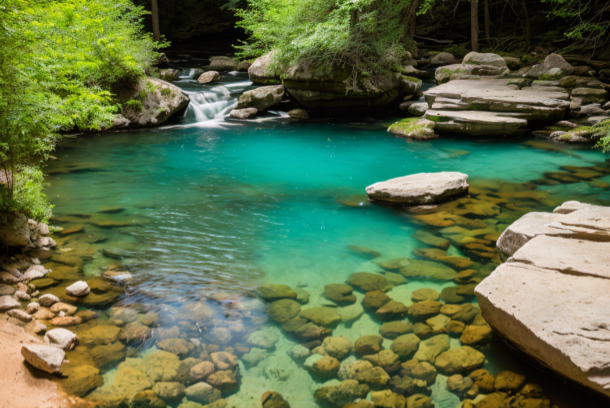
Finding the Perfect Swimming Hole: Your Comprehensive Guide
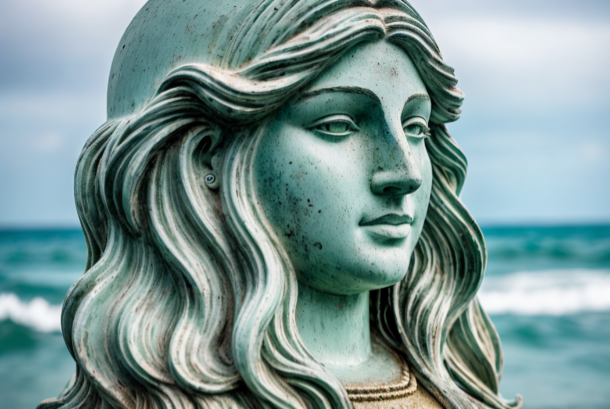
Exploring Sea Deities Around the World: A Dive into Global Mythologies
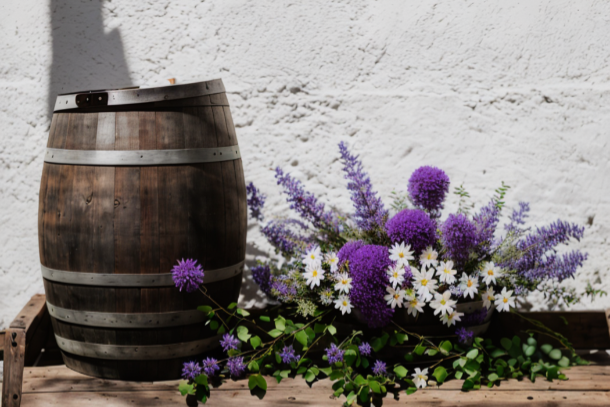
Harvesting Rainwater: A Comprehensive Guide to Rain Barrels and Water Storage
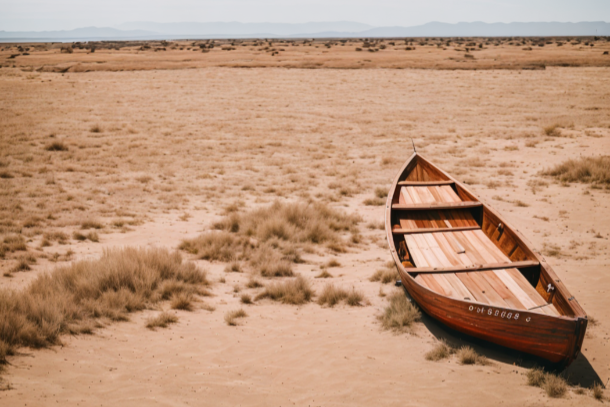
Creating Resilient Gardens: An Expert Guide to Drought-Tolerant Landscaping
